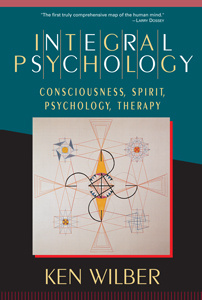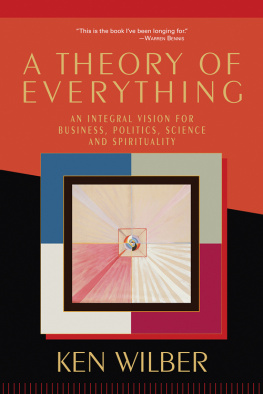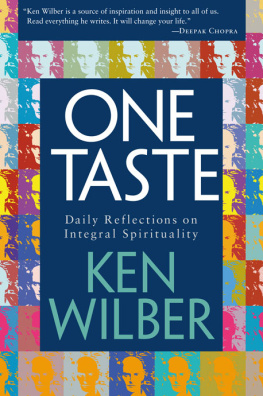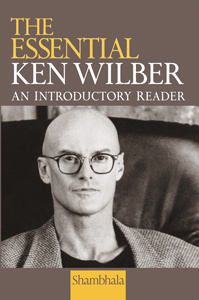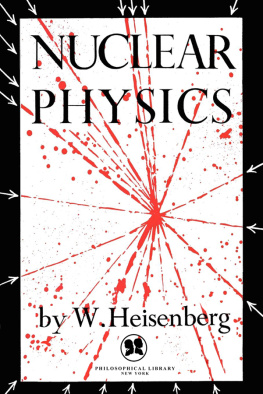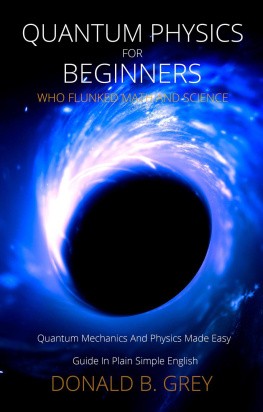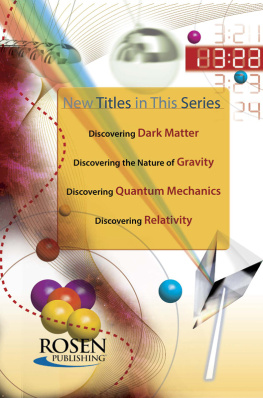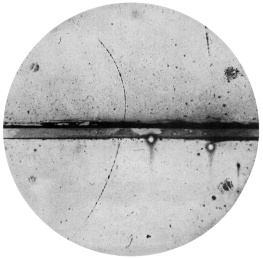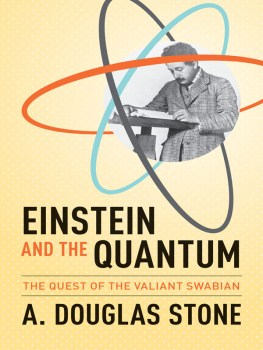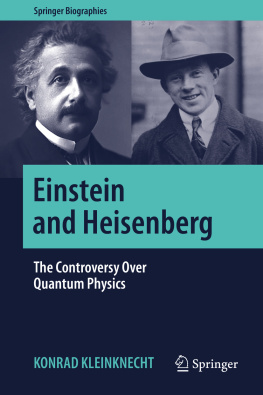ABOUT THE BOOK
Here is a collection of writings that bridges the gap between science and religion. Quantum Questions collects the mystical writings of each of the major physicists involved in the discovery of quantum physics and relativity, including Albert Einstein, Werner Heisenberg, and Max Planck. The selections are written in nontechnical language and will be of interest to scientists and nonscientists alike.
KEN WILBER is the author of over twenty books. He is the founder of Integral Institute, a think-tank for studying integral theory and practice, with outreach through local and online communities such as Integral Education Network, Integral Training, and Integral Spiritual Center.
Sign up to learn more about our books and receive special offers from Shambhala Publications.

Or visit us online to sign up at shambhala.com/eshambhala.
QUANTUM QUESTIONS
Mystical Writings of the Worlds Great Physicists
EDITED BY
Ken Wilber
WITH THE RESEARCH ASSISTANCE OF
Ann Niehaus

SHAMBHALA
Boston
2011
SHAMBHALA PUBLICATIONS, INC.
Horticultural Hall
300 Massachusetts Avenue
Boston, Massachusetts 02115
www.shambhala.com
1984, 2001 by Ken Wilber
Cover art: Geflect 1969 by Jurgen Peters
All rights reserved. No part of this book may be reproduced in any form or by any means, electronic or mechanical, including photocopying, recording, or by any information storage and retrieval system, without permission in writing from the publisher.
Library of Congress Cataloging in Publication Data
Main entry under title:
Quantum Questions
1. PhysicsAddresses, essays lectures. 2. MysticismAddresses, essays, lectures. 3. PhysicsReligious aspectsAddresses, essays, lectures. 1. Wilber, Ken.
QC71Q36 1984 530 83-20332
eISBN 978-0-8348-2283-2
ISBN 978-0-394-72338-9 (pbk.: Random House)
ISBN 978-1-57062-768-2 (pbk.)
Dedicated to Terry
I n the midst of the growing interest in the relation between science and religion, it is always useful to return to the pioneering founders of modern physics and read what they themselves had to say on this most important topic: Quantum Questions is a compendium of virtually all of the significant writings from some of the greatest physicists the world has ever known.
The common tendency, when faced with the truly ultimate issues of existence, is to assumeor at least hopethat physics and mysticism would somehow converge on a similar set of answers, that physics would somehow support or even prove a mystical worldview. This, after all, has been the message of countless books, from The Tao of Physics to The Dancing Wu-Li Masters.
That simple conclusion, however, was not believed by any of the great physicists in this volume. From Einstein to Eddington, from Bohr to Planck, from Heisenberg to Pauli, they uniformly rejected that conclusion. They rejected the notion that physics proves or even supports mysticism, and yet every one of them was an avowed mystic!
How can that be? Very simply, they all realized that, at the very least, physics deals with the world of form, and mysticism deals with the formless. Both are important, but they cannot be equated. Physics can be learned by the study of facts and mathematics, but mysticism can only be learned by a profound change in consciousness. To confuse these two is to misunderstand and distort both science and spirituality.
As you will see in the following pages, all of these pioneering physicists believed that both science and religion, physics and spirituality, were necessary for a complete and full and integral approach to reality, but neither could be reduced to, or derived from, the other. (If you would like to follow up on these topics, I recommend starting with my book A Theory of Everything: An Integral Vision for Business, Politics, Science, and Spirituality.)
In these days when so many spiritual seekers feel that they need to rest their souls on the findings of physics, it is important that we listen to the true masters of physics as they point to the fundamental importance of both science and religionwithout confusing their respective tasks and goals, yet finding them both as part of that All which only alone is.
Ken Wilber
Boulder, Colorado
Fall 2000
T he theme of this book, if I may briefly summarize the argument of the physicists presented herein, is that modern physics offers no positive support (let alone proof) for a mystical worldview. Nevertheless, every one of the physicists in this volume was a mystic. They simply believed, to a man, that if modern physics no longer objects to a religious worldview, it offers no positive support either; properly speaking, it is indifferent to all that. The very compelling reasons why these pioneering physicists did not believe that physics and mysticism shared similar worldviews, and the very compelling reasons that they nevertheless all became mysticsjust that is the dual theme of this anthology. If they did not get their mysticism from a study of modern physics, where did they get it? And why?
It is not my aim in this volume to reach the new age audience, who seem to be firmly convinced that modern physics automatically supports or proves mysticism. It does not. But this view is now so widespread, so deeply entrenched, so taken for granted by New-Agers, that I dont see that any one book could possibly reverse the tide. It was, I believe, with every good intention that this physics-supports-mysticism idea was proposed, and it was with very good intention that it was so rapidly and widely accepted. But I believe these good intentions were misplaced, and the results have been not just wrong but detrimental. If todays physics supports mysticism, what happens when tomorrows physics replaces it? Does mysticism then fall also? We cannot have it both ways. As particle physicist Jeremy Bernstein put it, If I were an Eastern mystic the last thing in the world I would want would be a reconciliation with modern science, [because] to hitch a religious philosophy to a contemporary science is a sure route to its obsolescence. Genuine mysticism, precisely to the extent that it is genuine, is perfectly capable of offering its own defense, its own evidence, its own claims, and its own proofs. Indeed, that is exactly what the physicists in this volume proceed to do, without any need to compromise poor physics in the process.
No, the audience I would like to reach is the same audience these physicists wanted to reach: the orthodox, the established; the men and women who honestly believe that natural science can and will answer all questions worth asking. And so, in that orthodox spirit, I would simply ask, you of orthodox belief, you who pursue disinterested truth, you whowhether you know it or notare molding the very face of the future with your scientific knowledge, you whomay I say so?bow to physics as if it were a religion itself, to you I ask: what does it mean that the founders of your modern science, the theorists and researchers who pioneered the very concepts you now worship implicitly, the very scientists presented in this volume, what does it mean that they were, every one of them, mystics?
Does that not stir something in you, curiosity at least? Cannot the spirit of these pioneers reach out across the decades and touch in you that still, small point that moved them all to wonderment?
The last thing these theorists would want you to surrender is your critical intellect, your hard-earned skepticism. For it was exactly through a sustained usenot of emotion, not of intuition, not of faithbut a sustained use of the critical intellect that these greatest of physicists felt absolutely compelled to go beyond physics altogether. And as we will see in the following pages, they left a trail, clear enough, for all sensitive souls to follow.
Next page
